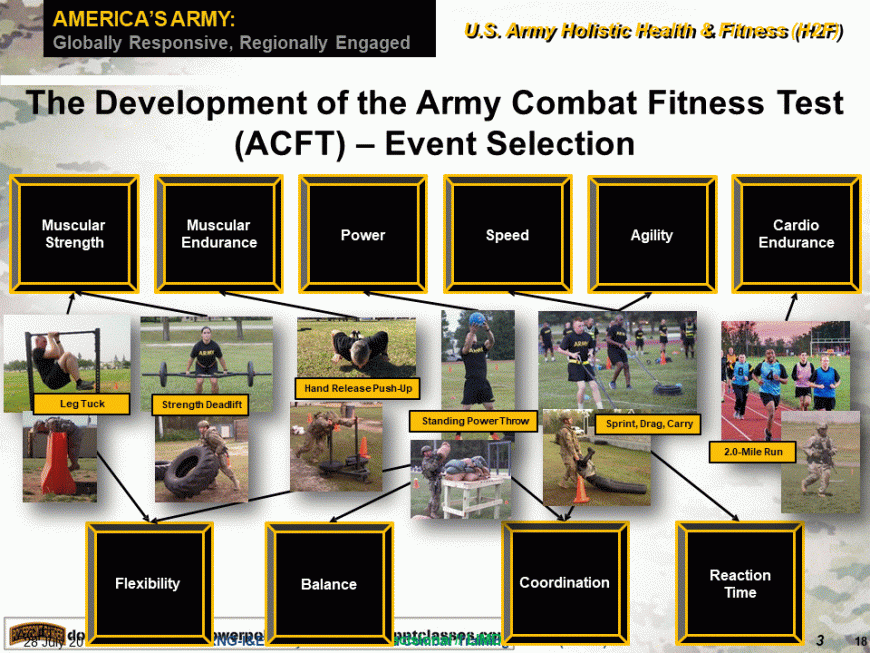

Grinston reviews his results from a Dual-energy x-ray absorptiometry (DEXA) scan at Fort Bragg, North Carolina, on Oct. The results of this historical glimpse were presented to USACIMT leadership prior to moving on to the second phase - going out into the field. “We were using unit recorded height and weight to calculate BMI to look at how body size/composition was impacted by all the different factors that we were interested in evaluating.” “The Army collects a ton of data on all its Soldiers so it allows us to take all that information and combine it so we can get a snapshot in time of each individual Soldier in the Army at any given period of time,” said Taylor. If a Soldier did not meet the height and weight requirements of ABCP, they then had their body fat estimated using the circumference-based tape method for a final pass or fail measurement.


Using the SPHERE database, a large repository with access to multiple administrative, medical and performance-based data sources currently collected by the Army, the team was able to collect the data needed to generate a retrospective look of body composition for each individual Soldier during the required timeframe. We looked at how all these outputs were impacted by a number of different demographic variables - sex, age, race/ethnicity, postpartum status among women and injury outcomes - to understand whether these variables effected body size measurements using body mass index.”
Acft physical demand categories series#
“We looked at body composition and performance on the, which was the test before the ACFT, and a series of other metrics. “For the first phase, we wanted to look at a snapshot of what the Army looked like in the two years prior to the onset of the global pandemic,” said Taylor. The team approached the task in two phases – Phase 1: an analysis of historical data using the SPHERE Database and Phase 2: a field study, to assess what the current Total Army Soldier population looked between 20. Kathryn “Katie” Taylor, director for USARIEM’s Soldier, Performance, Health and Readiness (SPHERE) database and built a team of military, civilian, and contractor personnel across USARIEM. To do this, McClung collaborated with Dr. “There were lots of questions about body composition and USACIMT saw us as subject matter experts and asked us to lead an Army-wide study to look at body composition,” said Holly McClung, ACBC study lead and nutritional physiologist at USARIEM. In January 2021, USACIMT called upon USARIEM to provide answers. Questions from Senior Leaders emerged about the link between fitness, health, and physical performance and the current methods used to measure body composition in the Army.

Even then, neither was the in-depth and diverse approach of the ACBC study. It has been roughly 20 years since the last time body composition equations have been evaluated and 10 years for body composition standards and Army Regulation 600-9. The ACBC is an Army-wide study of more than 2,690 Soldiers evaluating the effectiveness of the tape test and providing the scientific data and analysis to advise Army senior leaders to make data-driven decisions about the future of the Army Body Composition Program (ABCP). Army Center for Initial Military Training (USACIMT)-directed Army Comprehensive Body Composition (ACBC) study. Army Research Institute of Environmental Medicine (USARIEM) cross-divisional team recently completed the U.S.


 0 kommentar(er)
0 kommentar(er)
